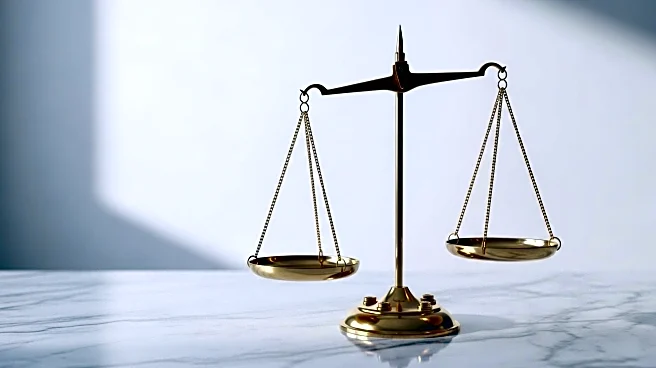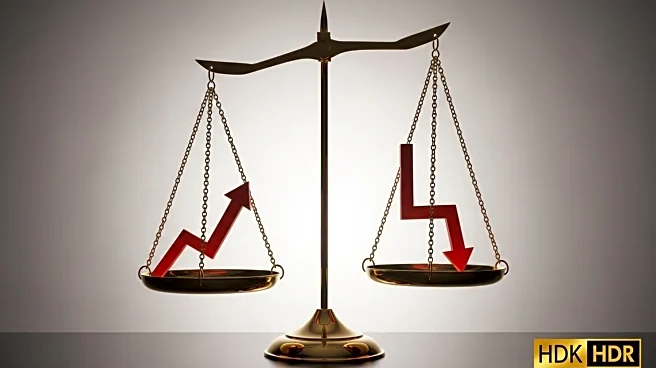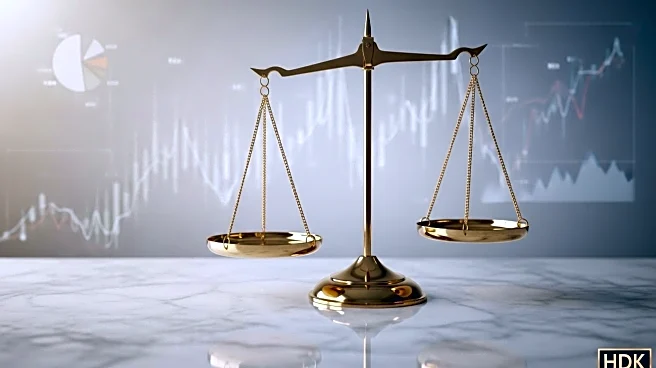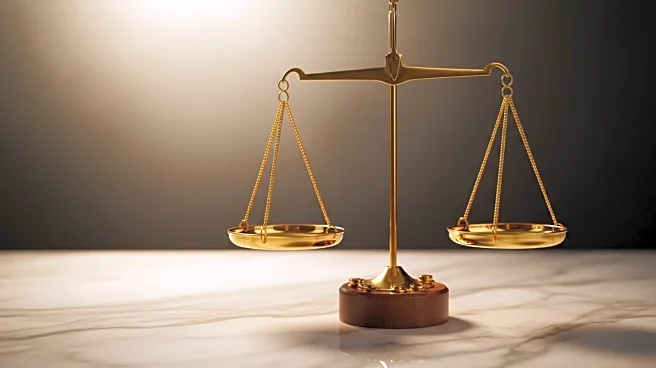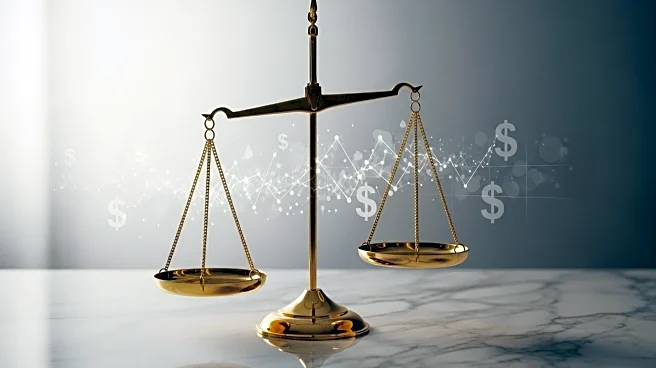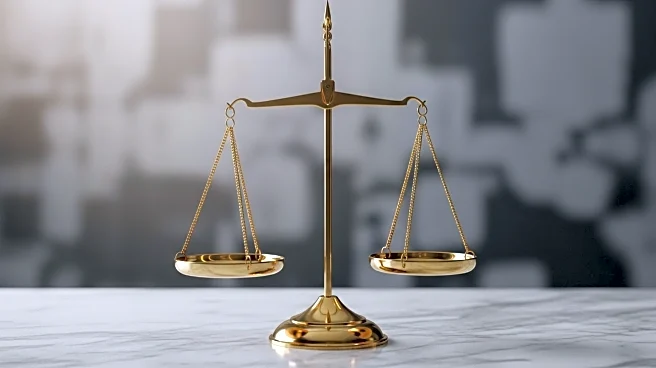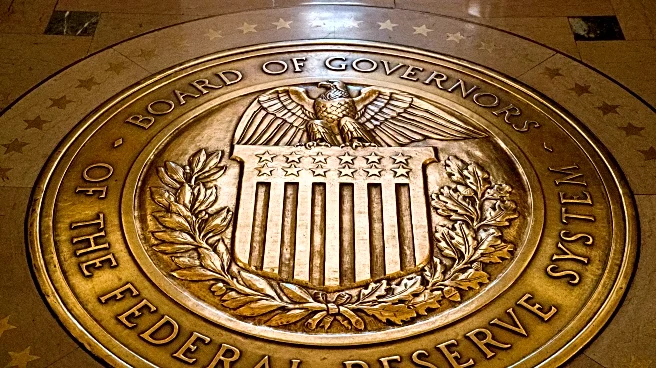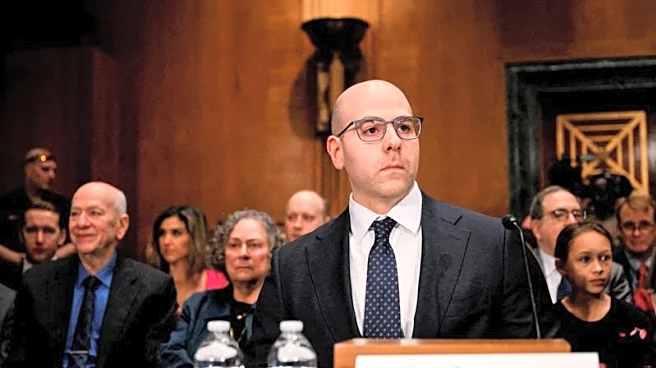What's Happening?
The Federal Reserve has announced a reduction in its benchmark interest rate by a quarter of a percentage point. This decision marks the first interest rate cut during President Trump's second term. The move is aimed at addressing concerns over the labor market, which has shown signs of weakening. The rate cut is intended to stimulate economic activity by making borrowing cheaper, thereby encouraging spending and investment. This action comes as part of the Fed's broader strategy to support economic growth and maintain stability in the face of potential downturns.
Why It's Important?
The interest rate cut by the Federal Reserve is significant as it reflects the institution's response to economic challenges, particularly in the labor market. Lower interest rates can lead to increased consumer spending and business investment, which are crucial for economic growth. This decision may benefit industries reliant on borrowing, such as housing and automotive sectors, by making loans more affordable. However, it also signals concerns about the economy's health, which could impact investor confidence and financial markets. Stakeholders, including businesses and policymakers, will closely monitor the effects of this rate adjustment on economic indicators.
What's Next?
Following the interest rate cut, the Federal Reserve is likely to continue assessing economic conditions to determine if further adjustments are necessary. Market analysts and economists will watch for changes in employment data, consumer spending, and inflation rates to gauge the effectiveness of the rate cut. Additionally, political leaders may respond to this economic measure, potentially influencing fiscal policy decisions. The Fed's future actions will depend on the evolving economic landscape and its commitment to fostering sustainable growth.

